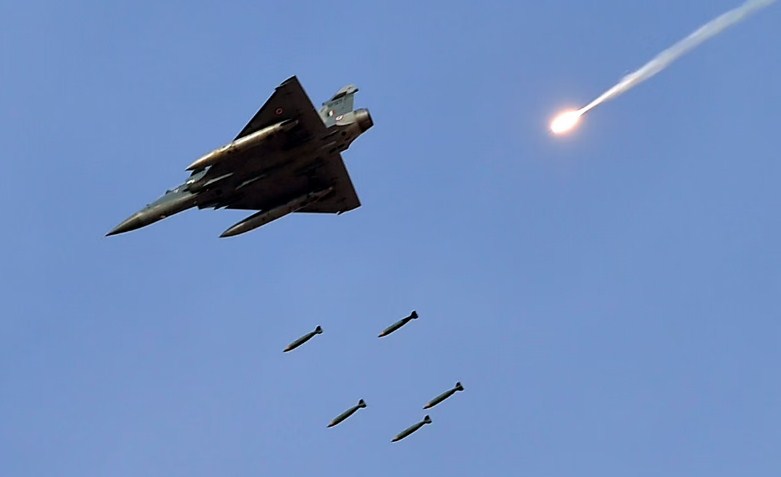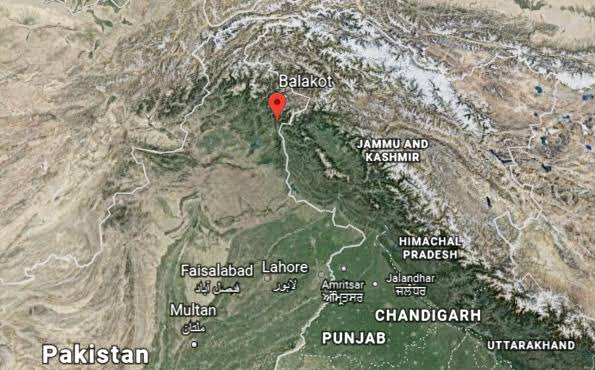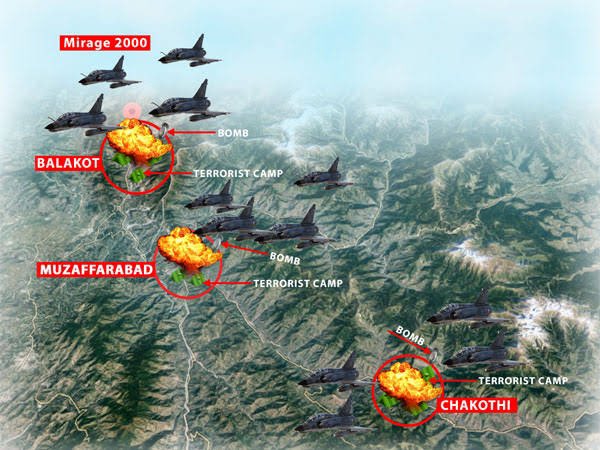
On this day in 2019, the Indian Air Force fighter jets carried out cross-border airstrikes to pulverise the Jaish-e-Muhammad training camp situated deep inside Pakistan, in Balakot. The attack, first of its kind on Pakistani soil, was authorised in response to the Pulwama attack by the terrorists of Jaish-e-Muhammad on February 14, 2019, which claimed 40 CRPF personnel’s lives.
Air Marshal (retd) C Hari Kumar, who headed the IAF’s Western Command during the operation provided the details of the planning and execution of the airstrike to ANI last year. Some of the excerpts are below:
Planning to the hilt
On 15th February, 2019 the Prime Minister had called for a CCS meeting to take stock of the event and see what should be done. On 15th itself the Chief of Air Staff was briefed at the Western Air Command as to what are the options that are available.
The CCS looked at a certain set of targets. On February 18, the CCS got very good intelligence on Balakot. Considering the distance involved, the Air Force was the best service to tackle it.
The Research and Analysis Wing (R&AW) provided excellent intelligence inputs for the Balakot airstrike. The intelligence given by R&AW was very specific. It had good coordinates and had good imagery including ground shots of the target.
IAF used the intelligence provided by R&AW and compared it with its ISR platforms and satellites to reconfirm that all locations are correct. Balakot is more than 50 km beyond LoC.
IAF zeroed in on Mirage fighter jets to carry out the mission, as it was the only one which carried both SPICE and Crystal Maze which gave IAF the much larger stand-off range.
Details of execution

In order to keep the entire operation a secret, IAF continued doing whatever was planned as a routine. The IAF carried on with it’s Vayu Shakti exercise at Pokhran 16th which showcased the capabilities of the Air Force.
The number of people informed about the operation was very less. Those involved in planning and execution did not use their mobile at all. Everything was either face to face or through secure communications. Only select people knew what was to be done and not all involved knew the big picture.
On February 18th, when the IAF got the target, 26th February was scheduled as the tentative date for the airstrike. The date was decided after the Aero India show as a lot of foreigners were in the country at that time.
The operation had a codeword “Bandar”, to convey the success of the mission. The entire operation was coordinated, planned, executed by the control stations in headquarters, Western Air Command, the operations room.
Based on the radar cover, IAF had a window of vulnerability of 12 minutes and to counter that, it had to gather enough assets flying as Combat Air Patrols (CAPs) in case there was a retaliation.
The time of the bomb impact was 0328. At 0305, IAF saw two Pakistan F-16s getting air-borne. IAF set up a CAP on the East-West axis over Murid. It was more like a decoy. Both F-16s broke the pattern and followed at high speed southwards. The decoy worked very well.
The Sequence of Events

At about 01:15 a.m, on February 26 2019, 20 fully armed Mirage 2000 fighter aircraft took off, one by one in quick succession, from the runway and taxiway of the Air Force Station at Gwalior. The fighter aircraft’s flew towards Bareilly and tanked up mid-air, then headed towards Jammu and Kashmir.
At about 03:45 a.m, the fighters aircrafts, which were flying in the cover of mountains to escape a Pakistani SAAB Airborne Warning and Control aircraft, crossed the LoC at 30,000 feet.While 16 aircraft crossed into PoK including four for escort duties, four others stayed behind as back-up.
Five Israeli-made Spice 2000 bombs were released about 15 km into PoK, which struck the Jaish-e-Mohammed camp in Balakot, and the fighter aircraft made their way back to an airfield in the Western Sector. However, four Mirages armed with Mica RF and IR air-to-air missiles stayed back until the other 12 aircraft made their way back into Indian airspace, lest Pakistan fighters engaged.
The entire ops, from the aircraft entering PoK and landing back in India, lasted about 21 minutes.
At about 15:15 p.m, on 14 February, a sυicide Bοmber rammed his explosives-laden SUV into a convoy of the CRPF in Jammu and Kashmir’s Pulwama, where 40 personnel attained Veergati. Hence, India launched air strikes against teποπists in Pakistan.
It was for the first time warplanes crossed the LoC went deep inside, where teποπists train to infiltrate and hurt J&K. India’s foreign secretary called the strikes a “non-military pre-emptive action,” saying the strikes targeted a training camp for the Jaish-e-Mohammad group in Balakot, north-east of PoK.
